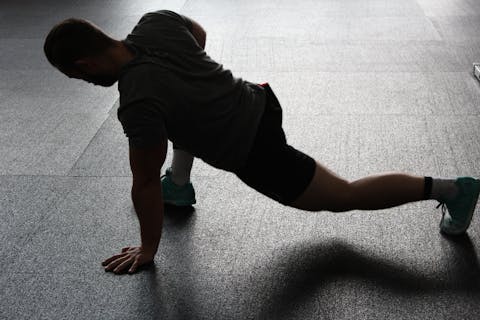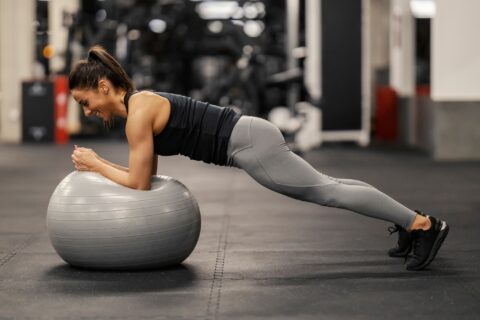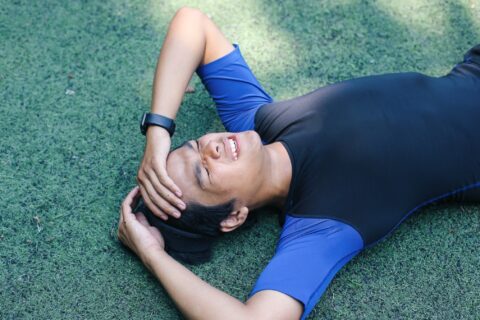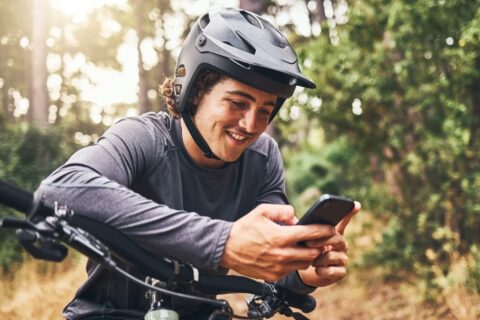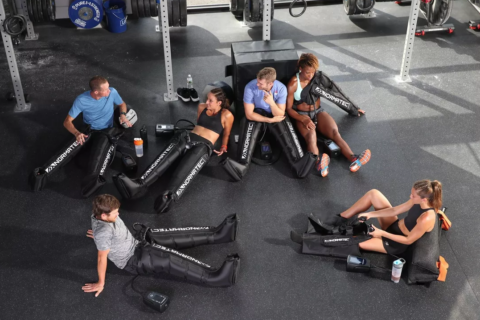Many tools and techniques promise recovery benefits. But the science suggests that the fundamentals—sleep and nutrition to fuel the brain—may be the best place to invest.
Many tools and techniques promise recovery benefits. But the science suggests that the fundamentals—sleep and nutrition to fuel the brain—may be the best place to invest.


